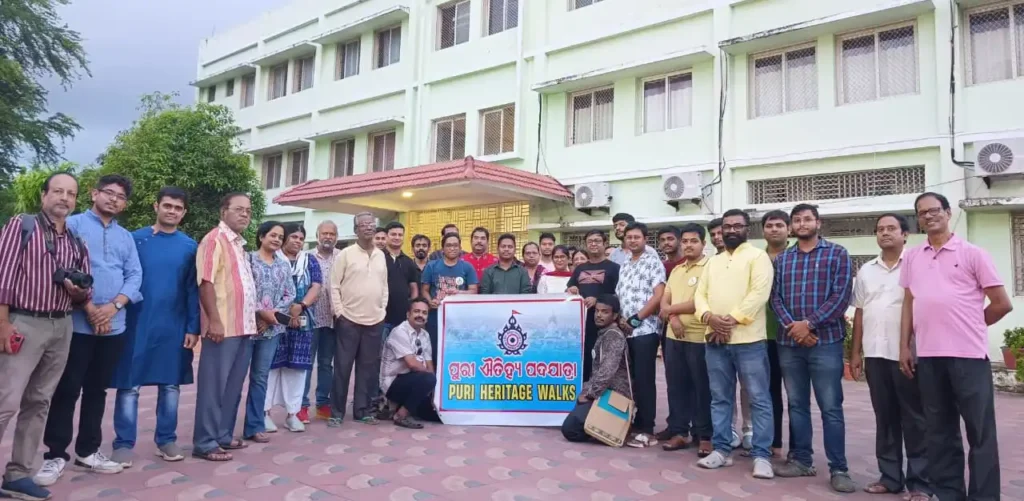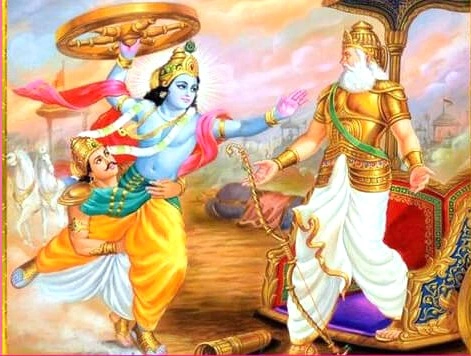
Introduction – Why Heritage Walks Matter Today
Have you ever walked through the old lanes of a city and felt history whispering through its walls, temples, and traditions? Indeed, that’s exactly what Heritage Walks in Odisha offer. Moreover, they are not just guided tours; rather, they are living journeys into the cultural, architectural, and spiritual heart of our land.
Furthermore, Odisha, with its temples, monasteries, art forms, and deep spiritual roots, is a treasure trove waiting to be explored on foot. In addition, heritage walks here help us reconnect with our roots, appreciate the grandeur of the past, and consequently pass on these timeless stories to the next generation.Table of Contents
What Are Heritage Walks? – A Simple Perspective
Heritage walks are structured journeys through culturally significant sites, guided by historians, researchers, or passionate locals. They often include:
- Firstly, temples, monuments, and sculptures (tangible heritage)
- Secondly, festivals, rituals, and oral traditions (intangible heritage)
- Additionally, local markets, food, and cultural hubs that define everyday life
The Importance of Heritage Walk in Odisha
Preserving Culture Through Engagement
Tangible and Intangible Heritage
- Firstly, Tangible Heritage: Monuments like the Jagannath Temple in Puri, Lingaraj Temple in Bhubaneswar, or hidden monasteries.
- Secondly, Intangible Heritage: Folklore, rituals, festivals, and even local cuisines like chhena poda and Khaja.
Puri Heritage Walk – A Living Example
The Puri Heritage Walk, which started on 25th August 2024 with just 50 members, has now grown into a thriving community of culture enthusiasts. Initially, what began with doctors, engineers, historians, artisans, researchers, students, and photographers walking together to explore the Jagannath Temple’s sculptures, deities, and traditions, has today evolved into something much bigger.
Moreover, the team is now preparing to open a Heritage Library in Puri, a collective effort that will soon house books on history, culture, and more. Recently, they also celebrated their first annual function with INTACH members, heritage activists, and traditional culinary experts, thereby marking a milestone in their journey.
One of the most enriching experiences is the Puri Heritage Walk. Now conducted on the second Sunday of each month, it covers:
- Temples & Mathas (monasteries): For instance, the Goddess temples around the Jagannatha temple, the Mahavir temples, five major Shiva temples, Radhaballav Math, Jagannath Ballav Matha, and many such monasteries with centuries-old legends.
- Cultural spaces: Additionally, exploring how Jagannath culture links with monasteries and local traditions, the construction of chariots, and the holy tanks like SwetaGanga and Markandeya Puskarini.
- Old Educational Institutes: Including Gopabandhu Ayurveda College, Puri Zilla School, Biswambhar Vidyapitha, etc.
Why Heritage Walks Matter for Youth
Learning Beyond Textbooks
Building Identity and Pride
Encouraging Sustainability and Community Engagement
Experiences During a Heritage Walk
- Storytelling sessions by historians or guides
- Exploration of local food and crafts along the lanes
- Interactive discussions with temple priests, artisans, or scholars
Broader Significance of Heritage Walks in Odisha
- Tourism Boost: They promote lesser-known sites beyond mainstream temples.
- Cultural Preservation: Oral histories and folk traditions find renewed attention.
- Social Cohesion: Walks bring together people of all ages, professions, and interests.
- Spiritual Connection: Especially in places like Puri, heritage walks deepen one’s spiritual understanding.
People Also Ask – Answers to Common Questions
1. What is the significance of heritage walks in Odisha?
2. What is special about the Puri Heritage Walk?
3. Are heritage walks useful for youth?
4. How long does a typical heritage walk last?
5. Does a heritage walk include a local food experience?
Practical Tips for Joining a Heritage Walk
- Wear comfortable walking shoes.
- Carry water, especially in summer months.
- Keep your phone/camera ready for pictures but respect temple customs.
- Be open to listening; heritage walk is about stories, not just sightseeing.
- Register in advance, as slots may be limited.
Conclusion
Heritage Walks in Odisha are more than just strolls through old temples and streets. They are living classrooms, thereby weaving together history, spirituality, art, and culture. They remind us that heritage is not a relic of the past, but rather a living, breathing part of our present.
If you’re a student, traveler, or culture enthusiast, make it a point to join one. Not only will you gain knowledge, but you’ll also collect stories worth cherishing.

